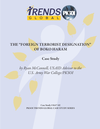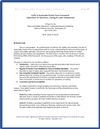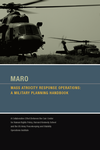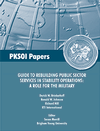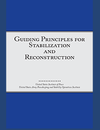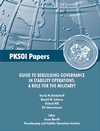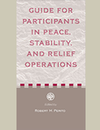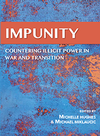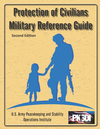Controlling Ukraine: The EU and Russia in Ukraine
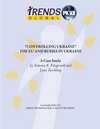
On 17 July 2014 in Donetsk Oblast near the Russian border, Malaysian Airlines Flight MH17 flying from Amsterdam to Kuala Lumpur was hit by a surface-to-air missile at an altitude of 10,000 meters (33,000 ft) and crashed. A Dutchled international investigation concluded in the fall of 2016 that the missile that shot down MH17 was a Russian “Buk” model; the truck carrying the Buk weapons system was seen entering Ukraine over the Russian border the night before and returning to Russia that night. CNN reported a recording that day by pro-Russian separatists gleefully reporting that they had destroyed their target. The recording soon disappeared, once it became clear what the “target” turned out to be: a civilian airliner, and not a Ukrainian fighter jet.


